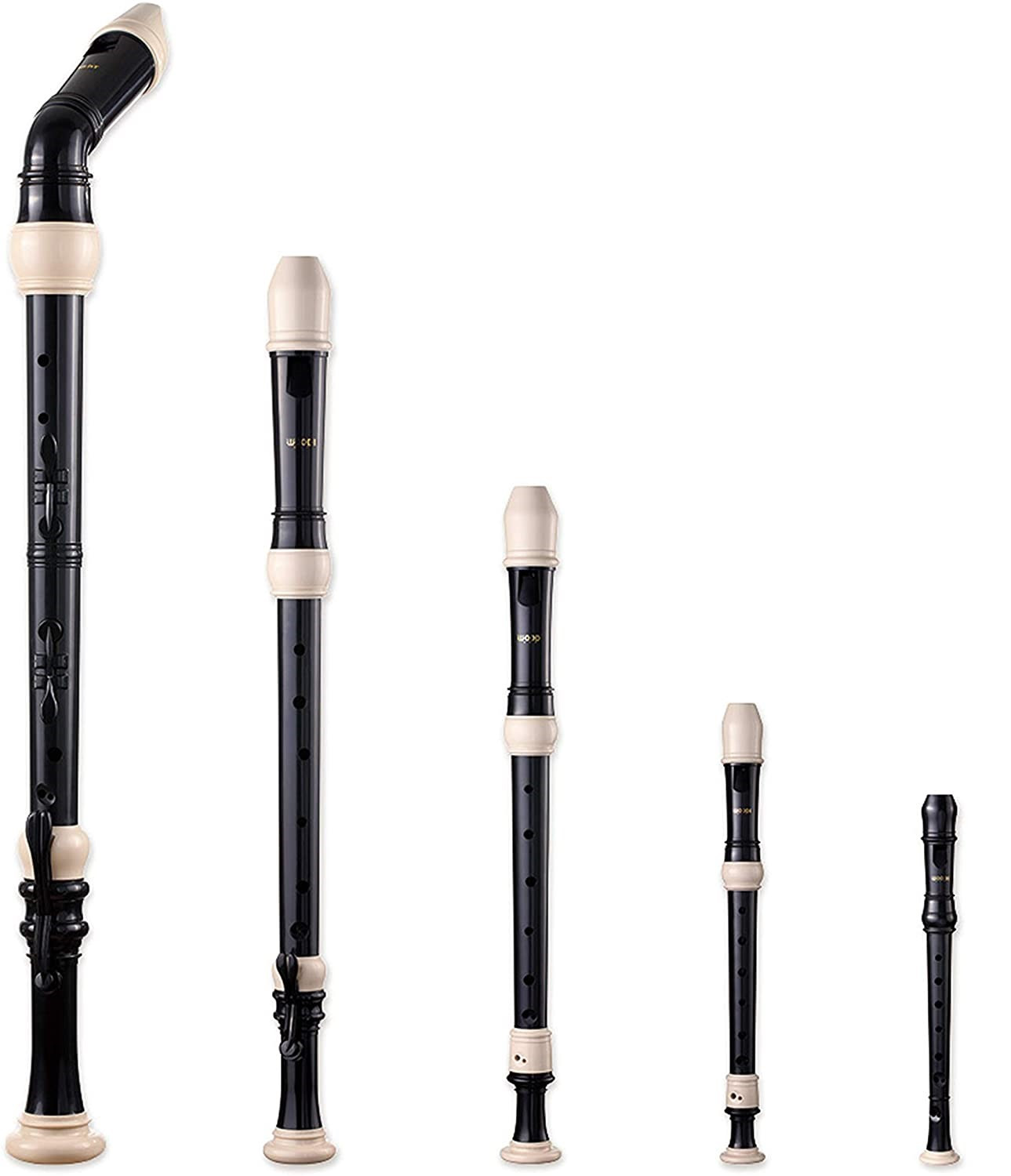
A Brief History of the Recorder

Posted by Rei Murray on June 22, 2021
The recorder is a woodwind instrument, with seven finger holes on the front and one thumbhole on the back. Some recorders, such as the bass recorder, can even have keys!
POP QUIZ #1 : Can you name three other woodwind instruments?
The modern recorder as we know it today was invented in the late 1800's, but the instrument is actually much older... as old as the 1500's!
POP QUIZ #2 : Do you know how long ago the year 1500 was? To find out, subtract 1500 from 2021 (the current year) and you'll get the answer!
The original design of the recorder could only go 1 octave, but in the late 1800's the recorder (along with other wind instruments, like the oboe) was re-designed to have 2 octaves.
POP QUIZ #3 : What is an octave?
Recorders were traditionally made of wood or ivory, but are now typically manufactured out of modern materials like ABS plastic.
POP QUIZ #4 : Why do you think the switch was made from wood and ivory to plastic?
The Soprano Recorder is the most common, but did you know the recorder comes in a variety of sizes? Here is a photo showing a few of the sizes this instrument comes in.
POP QUIZ #5 : Can you name the different sizes shown in the picture?
Use of the recorder in American elementary schools has become a staple since the 1960's. With the soprano recorders small size, and the economical cost associated with the plastic instrument, most every kid in the American school system gets the chance to play the recorder with their classmates.
Shop Peripole Recorders and Resources HERE
Check out our Answer section below to see how you did with the POP QUIZ questions!
How did you do? Were you able to think up some answers that weren't listed?
Answers:
#1) Answer examples: Oboe, Clarinet, Bassoon, Saxophone, Flute
#2) 521 years
#3) An octave is the distance between one note (C, for instance) and the next note bearing its same name (the next C that’s either higher or lower)
#4) Answer examples: Plastic is cheaper. Plastic is easier to mass produce. Plastic is easier to clean. The use of natural ivory can threaten species. Wood is susceptible to water, temperature, and humidity.
#5) From right to left: Bass, Tenor, Alto, Soprano, Sopranino

